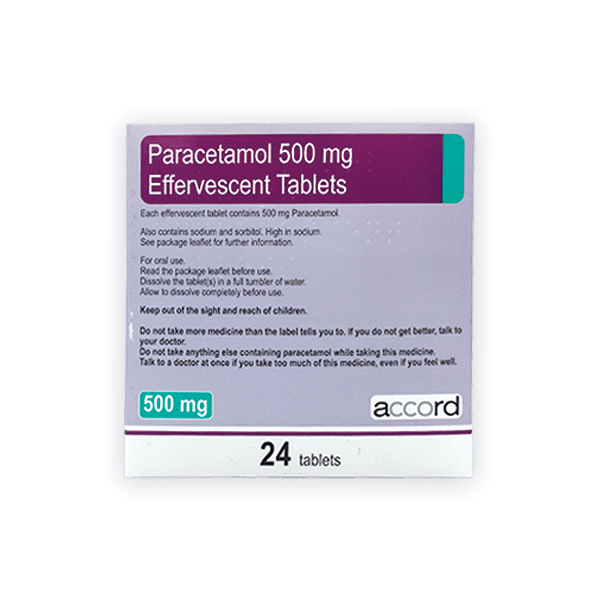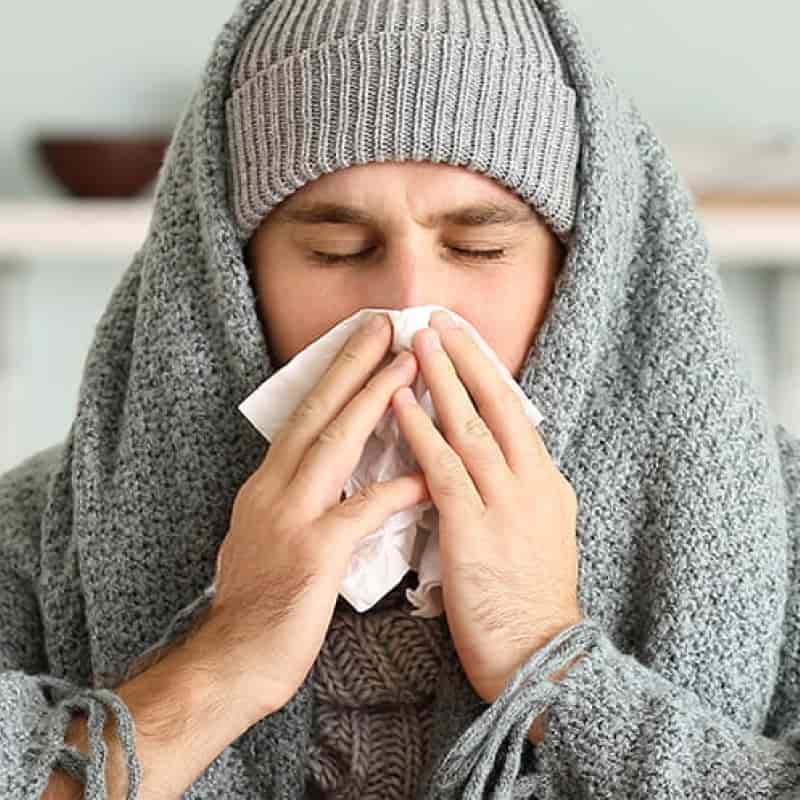
DISCLAIMER: Rules, regulations, and science about the UK pandemic may have changed since this article was written in March 2020, for updated news visit the World Health Organisation or the NHS website.
A Cold, The Flu … Or Worse?
We all know what it’s like to catch a cold. A creeping arrival of coughing and sneezing, aches and pains, and that general sense of run down fatigue. For many of us, we greet the coming of the cold with a kind of loathing acceptance. Oh great: just another thing to make my life harder! All too predictably, we find ourselves blowing into endless tissues while commuting on the bus, converting the office dynamic into a call and response of sneezes and ‘Bless You!’, and crawling back home to chicken soup and duvets. We certainly don’t feel well, but we get through it without any real concern. It’s the most routine illness in our lives. It’s just a cold, right?
These last few months have flipped that attitude on its head. Now in the midst of a global pandemic, we need to seriously take stock of our symptoms whenever we feel under the weather. The common cold and the seasonal flu haven’t gone anywhere, just overshadowed by a greater threat. So plenty of people are still catching the “standard” (yet still potentially dangerous) flu or picking up a more benign cold, and are worrying about whether their symptoms indicate something more serious. Is there any way to actually tell the difference? Let’s find out how.
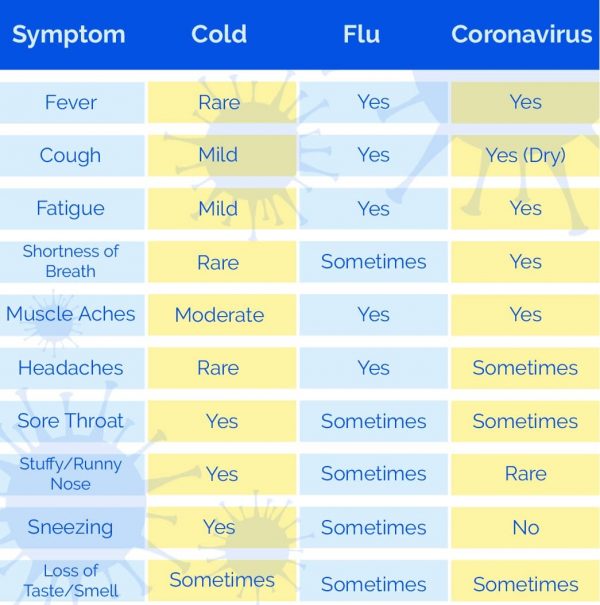
The Big Two
The most important symptoms to check for are a persistent dry cough and / or a high temperature. The common cold may induce coughing, but rarely any kind of fever. Either one of these symptoms, or a combination thereof, and you must self isolate for at least 7 days. If you live with others and someone in your house experiences either of these symptoms, you must self isolate as a house for 14 days (this is to account for different periods of incubation).
Self isolation means staying at home at all times, only leaving for a maximum of once a day for exercise during which social distancing must be observed (a distance of at least 2 metres or 3 steps away from others). Wondering how to cope with self isolation? Here are 6 Ways To Improve Your Well Being under lock down.
The Common Cold
The illness we’re most familiar with, but now intensified with a worrying ‘What If’? After all, a common cold can make us feel pretty miserable, sofa ridden with a fatigue, aches and pains and perhaps a cough. Nowadays, it’s a series of symptoms which could be indicative of something more serious. That being said, there are some cold symptoms which aren’t commonly seen in more dangerous flu infections.
Classic indicators that it’s a cold instead of anything else include frequently sneezing, a runny or blocked up nose, and a sore throat. If you’re experiencing these alongside some fatigue and general muscle aches, you’re most likely dealing with the common cold.
Your body will fight off most colds within a week to 10 days. The best treatment is simply to let your immune system do the work, while making sure to stay hydrated, keep warm and get plenty of sleep and rest.
However, if you develop a dry cough, a fever or any shortness of breath, you need to start taking it more seriously than a cold and self isolate.
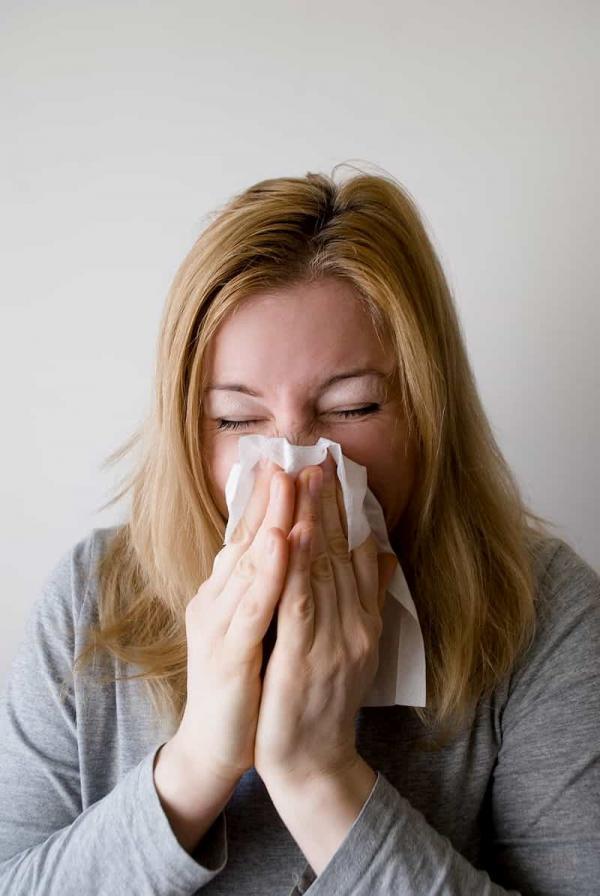
The Seasonal Flu (Influenza)
Anyone who’s had the flu can tell you, it’s no joke. The difference between a cold and a seasonal flu is significant. The latter can leave you truly bedridden, and it’s still a concern for the eldery and those with underlying health issues. Thankfully, a vaccine is available [1] . It’s not 100% guaranteed to prevent you from catching a flu, but even if you do the vaccine will likely make the illness milder and less long lasting.
The flu will have an abrupt onset, reaching full strength within 3 days. The most definitive symptom is a fever, typically accompanied by a dry cough, fatigue and all round body aches and chills. It can also overlap symptomatically with the common cold, so that includes nasal congestion and a sore throat, sometimes even diarrhea. The one symptom that is most indicative of the flu instead of the other illnesses is a headache alongside the fever.
If you do come down with the seasonal flu, the overwhelming majority of people recover by themselves at home within about a week. Just like with a cold, it’s important to drink water frequently, stay rested and take pain relief tablets to reduce fever and ache and pain symptoms.
Given the current pandemic, any seasonal flu must be treated seriously. This means self isolation if you notice any flu symptoms. With how draining the seasonal flu can be, you’ll likely be homebound anyway. If you start to experience breathing difficulties, seek medical help with NHS 111, or call 999 if it’s really serious.[2]
Play It Safe
There are symptomatic differences between these illnesses. That being said, they all have overlap, and sometimes uncommon symptoms will appear. Simply put, everybody can be affected slightly differently. For example, just because you’re sneezing and have a sore throat, that doesn’t guarantee that you just have a cold and can rule out everything else.
Given the circumstances, you need to be playing it safe. Any kind of cold or flu like symptoms should be treated seriously, with a mind to prevent infection. That’s why self isolation is the most important thing you can be doing for your own health and the health of others if you experience a dry cough or high temperature, even if it does turn out to be just a cold.
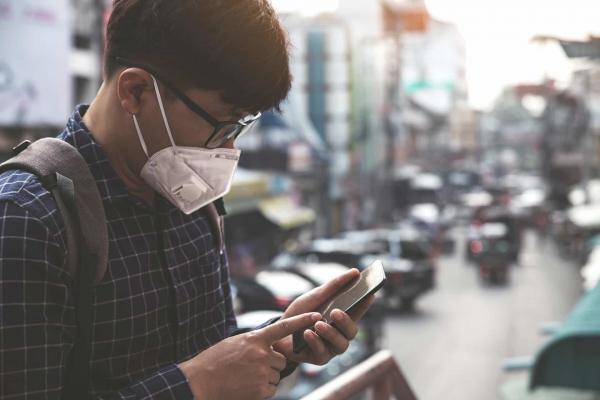
Following The Health Advice
Here’s a simple breakdown of the health advice you should be following right now.
• Practice social distancing of at least 2 metres, or 3 steps, when outside.
• Enter self isolation if you develop a persistent dry cough or a high temperature.
• Follow the 5 Steps to Hand Washing.
• Avoid touching your face when outside or before you have washed your hands or used hand sanitiser.
• Use tissues to catch sneezes and coughs, bin them immediately and then wash your hands.
• Clean objects and surfaces you have used if you are infected and live with others.
• If you do fall ill, make sure to get rest, stay hydrated and take Paracetamol to lower your temperature.
• Use NHS 111 if you require medical help.
Can I Get My Medication Online During Self Isolation?
If you’re self isolating with symptoms, you shouldn’t be leaving the house. For some, this is an issue in regards to medication. If you’re lucky, someone else can pick it up for you. But this isn’t an option for everyone.
Thankfully, medication can be ordered online through reputable online pharmacies such as e-Surgery. We deliver exactly what you need quickly and conveniently to your front door, in discrete, recyclable packaging. If you’re in self isolation, using e-Surgery is a sure way to get the medication you need without leaving the house, and takes pressure away from vital health services such as the NHS.
We’re currently stocking products for cold and flu such as Paracetamol and Echinacea Tablets, hygiene equipment such as 3-Ply Surgical Face Masks, protective polythene gloves and alcohol based hand sanitiser.
Sources
1. Flu Vaccine Overview | NHS
2. NHS 111 Online | NHS
3. What You Need To Do | GOV.UK
4. Symptoms and What To Do | NHS
Further Reading
- The Power Of Hand Washing To Prevent Coronavirus | WebMD
- Coronavirus (Covid-19) | GOV.UK
- Do I Have The Flu? | WebMD



